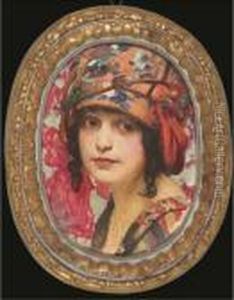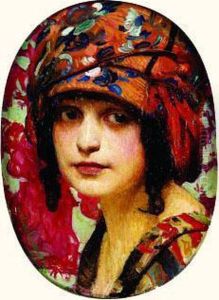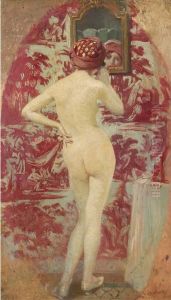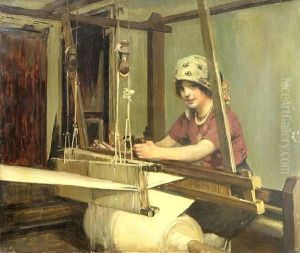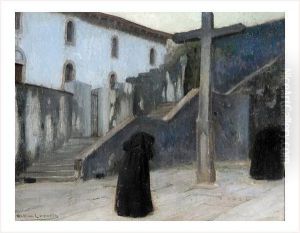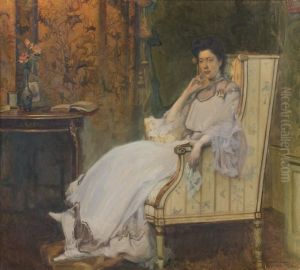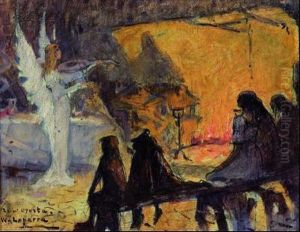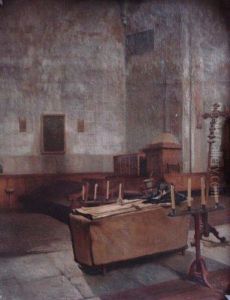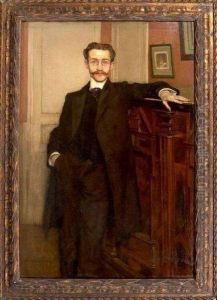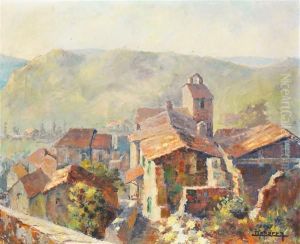William J.E.E. Laparra Paintings
William J.E.E. Laparra was a French painter known for his portraits and genre scenes. Born in Bordeaux in 1873, he showed an early aptitude for art and pursued his passion with studies at the École des Beaux-Arts in Paris. Under the tutelage of renowned academic painters like William Bouguereau and Tony Robert-Fleury, Laparra honed a technique that combined meticulous detail with a sensitive portrayal of his subjects.
During his career, he garnered acclaim for his exceptional skill in capturing the personality and inner life of those he painted, which made his portraits especially sought after by the elite of French society. His work was regularly exhibited at the Paris Salon, where he received numerous awards, including the prestigious Prix de Rome in 1903. This accolade afforded him the opportunity to study at the Villa Medici in Rome, an experience that further influenced his artistic development.
Laparra’s paintings often reflect the academic style of his era, characterized by a polished realism and a classical approach to composition. His genre scenes frequently depict moments of everyday life with an elegance that elevates them beyond simple representation to a form of fine art. Despite the advent of modernist movements during his lifetime, Laparra remained committed to the academic tradition.
Sadly, his life was cut short when he died in 1920, but his legacy lived on through his works which continue to be appreciated for their technical prowess and the delicate sensibility with which he portrayed the human figure. William J.E.E. Laparra's paintings can be found in various museums and private collections, serving as a testament to his skill and dedication to the art of painting during the turn of the century.
